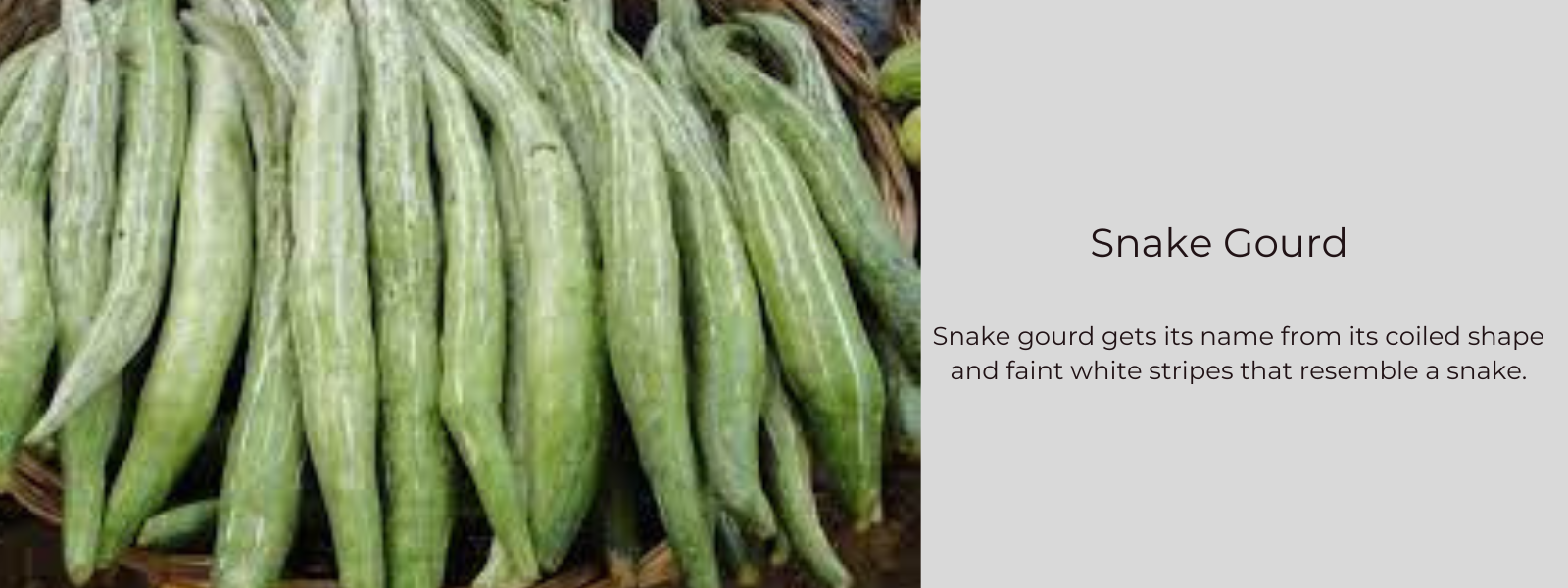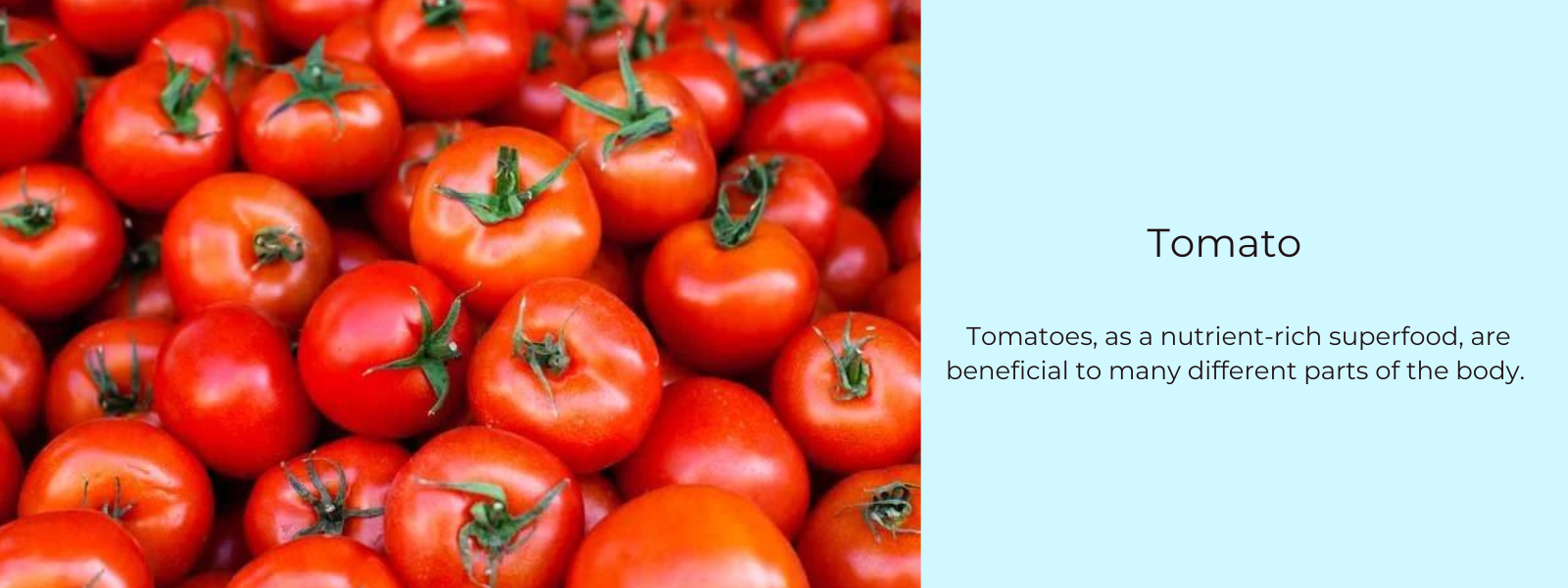Table of Contents
What is Lotus stem and its origin:
The lotus plant is an aquatic perennial that is native to Asia, particularly in China and India, but it can also be found in other parts of the world, such as Japan, Korea, and Southeast Asia.
The lotus stem is widely used in Asian cuisine, especially in Chinese, Japanese, Korean, and Indian cuisine. It has a crisp and crunchy texture and a slightly sweet flavor, making it a popular ingredient in salads, stir-fries, soups, and stews. Additionally, lotus stem is considered to have various health benefits, such as improving digestion, reducing inflammation, and boosting the immune system.
Health Benefits of Lotus stem:
Lotus stem, also known as lotus root, is a nutritious and flavorful vegetable that offers several potential health benefits. Some of the key health benefits of lotus stem include:
- Rich in fiber: Lotus stem is a good source of dietary fiber, which can help promote digestive health by preventing constipation and regulating bowel movements.
- Boosts immunity: Lotus stem contains antioxidants and other immune-boosting compounds, which may help protect the body against infection and disease.
- Anti-inflammatory properties: The anti-inflammatory properties of the lotus stem may help reduce inflammation in the body, which is associated with a range of chronic health conditions.
- Lowers cholesterol: Some studies have suggested that lotus stem may have cholesterol-lowering effects, which may help reduce the risk of heart disease.
- Improves blood circulation: The iron and copper content in the lotus stem may help improve blood circulation and oxygenation in the body.
- Supports healthy skin: The vitamin C content in the lotus stem may help promote healthy skin by supporting collagen production and protecting against oxidative damage.
How to prepare and cook Lotus stem:
Lotus stem, also known as lotus root, is a versatile vegetable that can be prepared and cooked in a variety of ways. Here are some popular methods for preparing and cooking lotus stem:
- Raw: Lotus stem can be sliced thinly and eaten raw in salads or as a snack. It has a crisp, crunchy texture that is similar to that of a waterchestnut.
- Stir-fry: Lotus stem can be sliced thinly and stir-fried with other vegetables and seasonings. It is best to blanch the sliced lotus stem in boiling water for a few minutes before stir-frying to ensure that it is cooked evenly.
- Boiled: Lotus stem can be boiled until tender and then added to soups or stews. It is important to slice the lotus stem thinly and boil it for at least 20-30 minutes to ensure that it is fully cooked.
- Deep-fried: Lotus stem can be sliced thinly and deep-fried until crispy. This is a popular method for making lotus root chips, which can be seasoned with salt or other spices.
- Pickled: Lotus stem can be pickled in vinegar or brine and then used as a condiment or added to salads.
Overall, lotus stem is a versatile vegetable that can be prepared and cooked in many different ways. It is important to slice it thinly and cook it thoroughly to ensure that it is safe to eat and has a tender texture.
Different Ways to Include Lotus stem in Your Diet:
Here are some ideas for incorporating lotus stem into your meals:
- Add to stir-fries: Thinly sliced lotus stem can be added to stir-fries with other vegetables and protein sources for a flavorful and nutritious meal.
- Boil and add to soups: Boiled lotus stem can be added to soups or stews for a nutritious and filling meal.
- Deep-fry for chips: Thinly sliced lotus stem can be deep-fried until crispy and seasoned with salt or other spices for a crunchy snack or appetizer.
- Pickle for condiments: Lotus stem can be pickled in vinegar or brine and used as a condiment or added to salads for a tangy and crunchy flavor.
- Roast or bake: Lotus stem can be roasted or baked with other vegetables or meats for a delicious and nutritious side dish.
- Grate and use in fritters: Grated lotus stem can be mixed with other ingredients to make fritters or pancakes, which can be pan-fried until crispy.
Overall, lotus stem can be used in a variety of dishes to add flavor, texture, and health benefits to your diet.
Nutrient Content of Lotus stem:
Lotus stem is a nutritious vegetable that is low in calories and high in fiber, vitamins, and minerals. Here is the nutrient content of 100 grams (3.5 ounces) of raw lotus stem:
- Calories: 74
- Protein: 1.6 grams
- Fat: 0.1 grams
- Carbohydrates: 16.3 grams
- Fiber: 4.9 grams
- Vitamin C: 44% of the Daily Value (DV)
- Thiamine (Vitamin B1): 8% of the DV
- Riboflavin (Vitamin B2): 4% of the DV
- Niacin (Vitamin B3): 6% of the DV
- Vitamin B6: 8% of the DV
- Folate (Vitamin B9): 8% of the DV
- Iron: 4% of the DV
- Potassium: 12% of the DV
- Copper: 12% of the DV
- Phosphorus: 6% of the DV
- Magnesium: 4% of the DV
Overall, lotus stem is a nutrient-dense vegetable that is low in calories and high in fiber, vitamins, and minerals. It is a good source of vitamin C, potassium, and copper, which are important for immune function, heart health, and energy production. Incorporating lotus stem into your diet can help you meet your daily nutrient needs and support overall health and wellness.
Interesting Facts about Lotus Stem:
Here are some interesting facts about lotus stem:
- The lotus plant, including its stem and roots, has been used for medicinal purposes in traditional Chinese and Indian medicine for centuries. It is believed to have anti-inflammatory, antioxidant, and immune-boosting properties.
- Lotus stem is a common ingredient in Asian cuisine, particularly in dishes from China, India, Japan, and Korea.
- The lotus plant is an aquatic perennial that grows in shallow waters and is native to Asia and Australia.
- The lotus stem is the stem of the lotus plant, which grows horizontally in the mud and can reach up to four feet in length.
- The lotus stem has a unique texture that is crunchy and slightly fibrous, and it has a mild, sweet flavor.
- The lotus stem is a good source of fiber, vitamins, and minerals, and is low in calories.
- In addition to its culinary uses, the lotus stem is also used in traditional medicine to treat a variety of ailments, including respiratory issues, digestive problems, and skin conditions.
- The lotus plant is a sacred symbol in many cultures, including Buddhism, Hinduism, and ancient Egyptian religion. It is associated with purity, enlightenment, and spiritual growth.
- Lotus stem is often used in vegetarian and vegan cuisine as a meat substitute because of its unique texture and ability to absorb flavors.
- In some parts of the world, lotus stem is considered a delicacy and can be quite expensive due to its labor-intensive cultivation and harvesting process.
Meyer High-Gloss Stainless Steel 6pcs Dinner Fork Set & 6pcs Table Spoon Set
Conclusion:
Lotus stem stands out as a versatile ingredient that bridges the gap between taste and wellness. Its rich nutrient profile and unique flavor make it an excellent addition to any diet, while its health benefits promote overall well-being. Embracing lotus stem in your meals is a delicious way to nourish your body and savor a timeless ingredient rooted in tradition and health.












Leave a comment